To further beat this poor dead horse,
what percentage is considered too dry? I just split up some standing dead (10yrs) Rocky Mtn Juniper on Saturday that is at 12%. I'll probably just mix it but curious if I can burn it alone.
View attachment 139222
If I'm getting any reading at all on the moisture meter I figure it's probably pretty good (providing it's below 20%). The wood I consider low MC is the stuff that won't register at all on my moisture meter.
OK, so people are going to say to themselves, how is no reading at all on the meter possible? Surely the wood must contain some moisture?
The answer is, moisture meters are calibrated for specific woods and moisture content, the more crucial of these, I believe, is what moisture content they are calibrated for, and most of the inexpensive ones we use for firewood are calibrated to be most accurate around 15% - 25% MC. Anything much above or below that will give increasingly inaccurate readings. In fact most of these moisture meters simple peg out or read OL, (
Over Limit) on anything above 30% because the reading are just not accurate above that.. By the same token many pin type meters, including mine, will just peg out to 0% on anything much below 10%. So the dry wood I'm talking about could be anything from 0% to 10% or more, likely it is closer to 10% than 0% though because the ambient humidity just doesn't get down to 0% so it's pretty unlikely the wood could be that dry.
So although my meter isn't perfectly accurate, it's more accurate then guessing, and it will confirm accurately enough when my wood is too wet to burn properly, when it's within acceptable limits to burn, and when it's a little on the dry side. And that's about all I really need to know.
Not to get too far off topic, but while on the topic of moisture meters one other thing my moisture meter has helped me with has to do with selecting the trees I cut for firewood. I mainly cut beetle kill lodgepole pine. These trees are one of the few trees that can be cut down and burned immediately with no need to spit and season before burning, providing I'm careful to select the trees that have been standing (and seasoning) long enough. When these lodgepole pine die from the beetles their needles turn orange then gray as the moisture continues to leave the tree. By using my moisture meter I have found that the trees with the orange needles require at around 6 months to dry after cutting and splitting, but the trees with gray needles are dry enough to burn immediately. That alone is useful enough information for me because it means I can do all my cutting for the winter heating in the fall just before I need it, which is when I prefer to cut my wood.
Also another useful bit of information I have found with my moisture meter is that these same lodgepole pine trees that may have fallen to the ground on their own will actually reabsorb moisture very quickly once they are laying on their side, even if they are being held up off the ground by their branches or other fallen trees. Knowing this I now know that if I want wood to burn my wood immediately then I will need to avoid cutting these trees that already laying down, even though they seem like easy pickings, because they won't be ready to burn unless they are split and seasoned for a year.


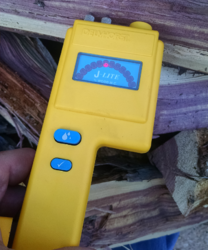
 ) .
) .

 Oh well, she was a good saw and served me well for more than 30 years.
Oh well, she was a good saw and served me well for more than 30 years.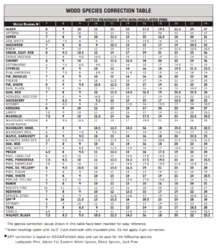

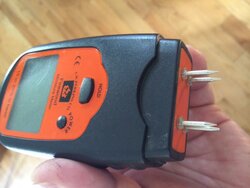
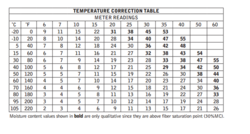
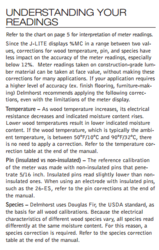
 I thought 3 years was a long time, now you say I have to season my firewood for 45 YEARS? !
I thought 3 years was a long time, now you say I have to season my firewood for 45 YEARS? !